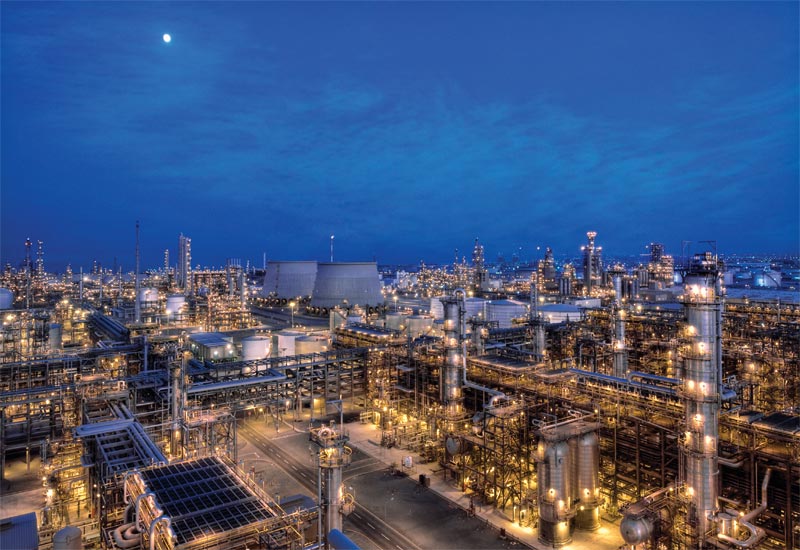Within the pressure measurement industry, relentless innovation has become the norm. New technology continually supplants the old, providing higher quality, lower cost and often both.
Today, reference recorders are shaking up old standards in the oil & gas, chemical processing, power generation and wastewater treatment industries.
What is a Reference Recorder?
A reference recorder is a new class of instrument that is gaining ground over other common pressure instruments. While chart recorders, deadweight testers and analog pressure gauges all brought several advantages in their time, reference recorders are demonstrating the ability to replace all three with a single instrument.
Reference recorders unify the recording capability of a chart recorder, the high accuracy of a deadweight tester, and the continuous measurements of a pressure gauge into one tool that is easier to use and less expensive.
On their own, none of these features is unique, but when you put them all in the same device and make it cost-effective, you end up with something really useful. Offering reference recorders for both laboratory and field applications has real advantages for the user.
While data logging devices are nothing new, improved microprocessors allow today’s reference recorders to read and record faster and more accurately than previously.
Reference recorders detect readings from modules that read pressure, temperature, current or
voltage and store the data in digital memory. These modules are usually interchangeable and recorders generally accept two inputs at a time. In addition to their compact size, reference recorders offer several improvements over bulky chart recorders.
Article continues on next page …
Improving on a chart recorder
Originally patented in 1915, chart recorders produce a graph on a moving paper chart, relying on ink pens mounted on mechanical arms, which pivot in response to pressure. Their primary advantage is the ability to record for extended periods in remote locations.
Chart recorders may be battery-powered or entirely mechanical (requiring no external power), allowing them to operate in hazardous locations.
An experienced user may provide preliminary analysis on the output from a chart recorder in the field. Communicating or storing this data electronically becomes possible only after a technician enters or scans the chart into a computer.
This process typically takes several days before results become available. Chart recorders typically claim an accuracy ranging from 0.25% to 1% of span, but that figure depends on changes in ambient temperature and on the thickness of its pens—which can cause an additional error up to 1% of the recorded reading.
Chart recorders are also susceptible to errors caused by overpressure, and can easily be damaged if dropped. In contrast, a reference recorder exports digital data in a familiar spreadsheet that can be easily shared and understood by multiple users.
Accuracy remains consistent with temperature changes, it is protected from high over-pressure events, and is not affected if the gauge is dropped. Despite being battery powered, reference recorders are also rated Intrinsically Safe for use in hazardous locations.
New regulations in many industries require that safety tests be documented in an electronic format. Some even require that the files produced are in a tamper-proof, secure file format. Reference recorders can meet these requirements by saving the data in a signed .pdf file, which produces files that cannot be manipulated.
Using deadweight testers in the field
Deadweight testers are used primarily in a laboratory setting. They produce a repeatable reference pressure by balancing calibrated masses on a piston of known area. Operators must use a different set of masses for each engineering unit.
In an indoor, temperature-regulated environment, deadweight testers can be very accurate—serving as a primary standard for the calibration of other pressure measurement devices. Field versions also exist but, outside the lab their accuracy depends on a host of factors.
In order to deliver an accurate reading, a field deadweight tester must be perfectly level. Additionally, ambient temperature, humidity, wind, and local gravity will all impact the reading.
Without adjusting for these, a field deadweight tester’s accuracy may be no better than a common pressure gauge. Even with these compensations, a field deadweight tester cannot actively detect or record changes in pressure—it only offers an accurate reference pressure for comparison.
A reference recorder serves two purposes: First, it stores readings continually, with update rates up to 10 readings per second, and allows the operator to record an entire test from start to finish; Second, such a device will provide a consistent, accurate reference for field calibrations.
Measurements from modern reference recorders are independent of local gravity or humidity, and produce their accuracy via a proprietary mathematical algorithm that corrects for ambient temperature. Achievable accuracies range from 0.025% of the indicated reading at lower pressures, to 0.1% of reading up to 15,000 PSI.
To produce dependable measurements, a reference recorder’s accuracy should not change with temperature.
The best manufacturers will provide proof of their accuracy claims with a calibration certificate from an accredited lab, showing test data at different temperatures.



